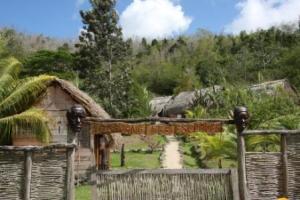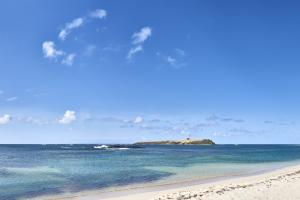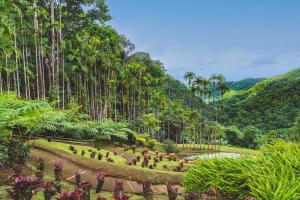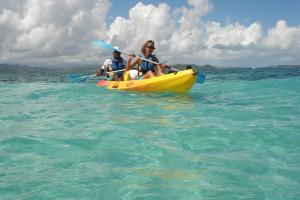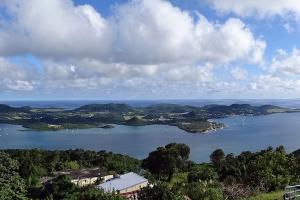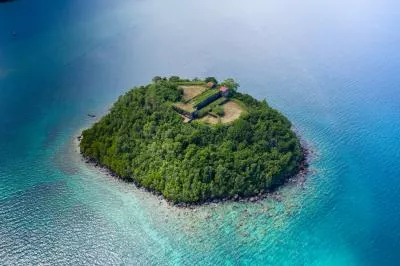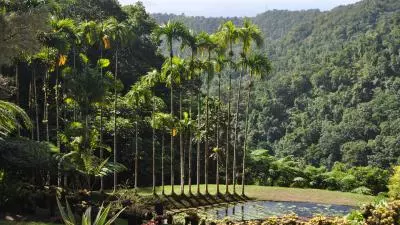Beaches
Of course, the legendary beach of Les Salines is a must, with its white sand, crystal-clear water and coconut palms as far as the eye can see. But in fact, every beach in Martinique is unique and set in its own picture-postcard scenery. There’s Anse du Diamant and its famous rock, Anse Dufour and its colorful little boats, and Anse Couleuvre with its striking black sand, to name just a few.
Whatever your expectations in terms of beaches, Martinique has something to satisfy even the most discerning beach-goers among you. And it’s easy to see why with no fewer than a hundred beaches around the island! So whether you are into watersports, diving or simply taking life easy, there is a beach in Martinique just waiting for you.
